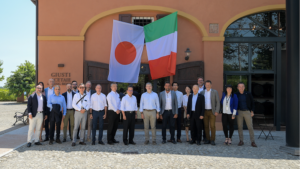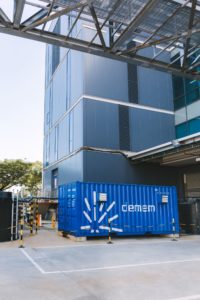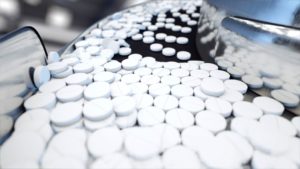$31 Billion Municipal Water and Wastewater IIoT Market by 2026
Municipal water, wastewater treatment and distribution facilities are embracing automation and remote operation and monitoring. The Industrial Internet of Things (IIoT) empowered by the Industrial Internet of Wisdom (IIoW) will have a $15 billion impact on the market by 2026 and will divert another $16 billion through different market routes.
Sales of all flow control and treatment for these plants will exceed $100 billion in 2026. Of this total $31 billion will be attributable to the impact of IIoT and Remote O&M. This is the latest forecast in the Mcilvaine publication Industrial IOT and Remote O&M.
This potential is illustrated by the role that Suez is playing in Chile. The company operates 40 percent of the water and wastewater plants in the country. Suez has a remote-control center in France and is monitoring key parameters at water and wastewater facilities throughout the world. It also owns Degremont who has furnished much of the equipment at these plants. If the guidance from the remote-control center is not sufficient, then the equipment supplier who also has the cloud connection can provide advice.
Suez has just announced the acquisition of GE Water. This adds additional equipment expertise but also a substantial treatment chemical capability with the Betz operations. So, the operator and the remote center can also benefit from the expertise of the treatment chemicals experts and can change the quantities and types of chemicals remotely.
Xylem has moved forward aggressively with the purchase of smart meter firm Sensus. It also acquired Viscenti which provides data analytics to predict pipe breakage problems as well as providing analytics of the smart meter data.
The smart water metering market emerged in the 2000s as water utilities responded to global trends of using detailed and near real time data and analytics to deliver more predictive and proactive services. The backbone of this effort is advanced metering infrastructure (AMI) technology. AMI can provide a remote and constant two-way data link between utilities, meters and consumers. Communications are delivered through various technologies including power line communications (PLC), telephony, broadband, fibre optic cable, wireless radio frequency and cellular transmissions.
The revenue in smart meters already exceeds $2 billion/yr. worldwide. This market segment will grow at near double digit rates over the forecast period.
One of the biggest opportunities for IOT and Remote O&M is the control of dissolved oxygen used in aeration in the biological treatment step. There is a tendency for operators to use excess oxygen. This can increase wastewater plant energy costs by 25 percent or more. Proper sensing and remote control can provide substantial savings.
There is a big opportunity for water treatment chemical companies who are in reality selling a service. The Nalco 360 Expert Center operates 24/7 to ensure someone from Nalco is always watching each system. The expert center will routinely make recommendations for operational improvements and will also take immediate action on alarms. All the expert center professionals hold degrees in Chemistry or Chemical Engineering and have real world experience in water treatment. Eighty years of water treatment expertise drives comprehensive, on-going training programs, resulting in a team of highly trained specialists.
Source: The McIlvaine Company







